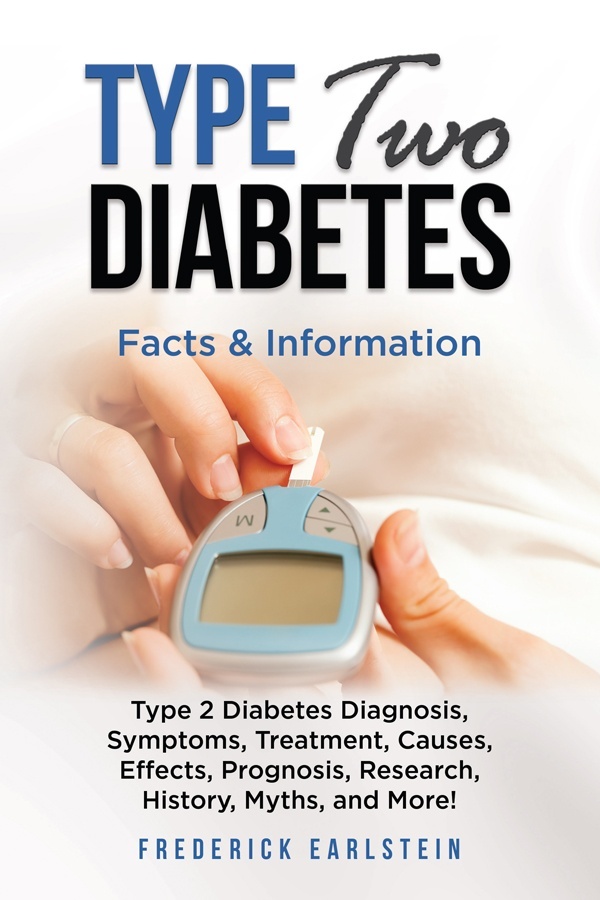Autism Explained
Autism Explained. Autism Types, Diagnosis, Symptoms, Treatment, Causes, Neurodevelopmental Disorders, Prognosis, Research, History, Myths, and More!

122
7
485+
OVERVIEW
List of chapters included in the book
Chapter 1
What is Autism?
Chapter 2
Types of Autism
Chapter 3
Causes of Autism
Chapter 4
Brain Development and ASD
Chapter 5
Symptoms and Diagnosis
Chapter 6
Treatment, Intervention and Therapies
Chapter 7
The Future of Autism Spectrum Disorder
READ IT IN ALL DEVICES
or in physical paperback


Autism Explained: Facts & Information
Autism Spectrum Disorder (ASD) recognizes no differences in race, geography or class – it affects millions of people globally, and the numbers of children diagnosed with autism are growing each year. One of the best ways by which a person can deal with a diagnosis of ASD for a child or family member is to educate oneself about this condition.
ASD Explained by Frederick Earlstein is a comprehensive guide for the parents, friends and family of individuals diagnosed with autism. It brings together many of the current information, research and knowledge that we have regarding ASD, from symptoms, causes, treatments, and future directions in the field of autism research. Autism Types, Diagnosis, Symptoms, Treatment, Causes, Neurodevelopmental Disorders, Prognosis, Research, History, Myths, and More!
ABOUT THE AUTHOR
Retired high school biology teacher Frederick Earlstein lives to research. When his only niece was diagnosed with postural orthostatic tachycardia syndrome (POTS) at age 14, Earlstein felt helpless. His answer was to start researching the condition and sharing everything he learned with his sister and her family. That project not only resulted in a book on the subject, but also to the successful management of the girl’s condition.
Earlstein applied the same approach to his own minor problems with blood pressure, allergies, and degenerative disc disease. “It’s all about critical mass,” he says. “When the notes on my laptop and those piled up on my actual desktop reach a certain level, I start realizing there’s a book in there somewhere.”
Writing about medical issues in plain English has become Earlstein’s second career. After retiring from his career as an educator, he began looking around for something to occupy his time. “You can only clean out the garage so many times,” he said. “I was trained to be an academic and old habits die hard.”
Now Earlstein works daily in his home office on whatever manuscript he has at hand. He describes the work as the perfect combination of intellectual challenge and self-employment. “I decide what to write about and when to write it,” Earlstein says. “Typically I pick a subject because I know someone who is grappling with the problem and with understanding the information they’re being given.”

A firm believer in the power of informed consent, Earlstein is appalled by how difficult the medical community makes it for the average person to really understand a condition and make good treatment choices. “There’s no reason why this material can’t be presented in plain English,” he says. “You just have to make an effort to really understand what you’re talking about.”
Although Earlstein makes no claims of being a doctor himself, he does feel he has a good role as an interpreter. “I don’t write about any condition until I’ve studied the material and have a good handle on the mechanics of the problem or the illness,” he said. “I’m not shy about calling up a doctor or surgeon and asking questions.”
Recently, when his eye doctor told him he was suffering from eye strain, Earlstein immediately began to research the condition. “I knew I had been staring at the computer a lot,” Earlstein said. “I didn’t know that just getting lightly tinted lenses in my glasses could help. I’m still gathering information and yes, there’s a book in the works.”
When asked if he prefers writing over teaching, Earlstein makes it very clear that in his mind, he’s still a teacher. “I’m just using a different method,” he says. “One where I don’t have to listen to the snores if I put anyone to sleep!”
Frederick Earlstein
WHAT READERS SAY
✭✭✭✭✭
An informative read!
Good read with useful information!
– Cameron Bridges
OTHER BOOKS
Bipolar Disorder
Bipolar Disorder Types, Diagnosis, Symptoms, Treatment, Causes, Effects, Prognosis, Research, History, Myths, and More!
Obsessive Compulsive Disorder
OCD Facts, Diagnosis, Symptoms, Treatment, Causes, Effects, Alternative Medicines, Therapeutic Methods, History, Home Remedies, and More!
Type Two Diabetes
Facts & Information. Type 2 Diabetes Diagnosis, Symptoms, Treatment, Causes, Effects, Prognosis, Research, History, Myths, and More!
COMING SOON!
Available Soon
Charcot Marie Tooth Disease

“Autism Spectrum Disorder (ASD) Explained”



